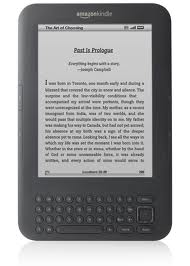I have heard a number of students express the fear that apps like Coursesmart will crash at the worst possible time:exams. Now it has happened, which creates a market acceptance problem that will take months to repair.. It is similar to the Odwalla juice contamination case study that eventually took the company to near bankruptcy.
Earlier this month, edtech company CourseSmart was awash in press for its new, albeit somewhat controversial, learning tools. Using digital textbooks, CourseSmart shows teachers and professors exactly how much time each student has spent with an assignment. Naturally this ignited concerns about privacy and the message it sends to students. (Are we educating them or babysitting them?) CourseSmart deftly batted those criticisms away with talk of engagement and data and improved teaching methods.
But this week, the company experienced a software company’s worst nightmare: It crashed. This seems to be a lean startup’s right of passage — Tumblr and Twitter’s early histories are peppered with well-publicized outages. Sure, people will whine that they suddenly can’t use their free social media tools, and it makes the startup look incompetent for a day. The difference when an edtech platform crashes, though, is that the consequences are a lot more serious. Unlike Twitter and Tumblr, textbooks and homework are mission-critical to students.
What’s worse is that CourseSmart isn’t a lean startup iterating its way to success. Used by more than 100 institutions, CourseSmart is owned by Pearson, McGraw-Hill, and other major publishers. And CourseSmart’s digital book rentals, which students lose access to after 180 days, are not cheap: 101 books cost between $90 and $100. Tuesday’s crash, which lasted a whole afternoon, led to a stream of angry tweets from students cramming for their exams.




